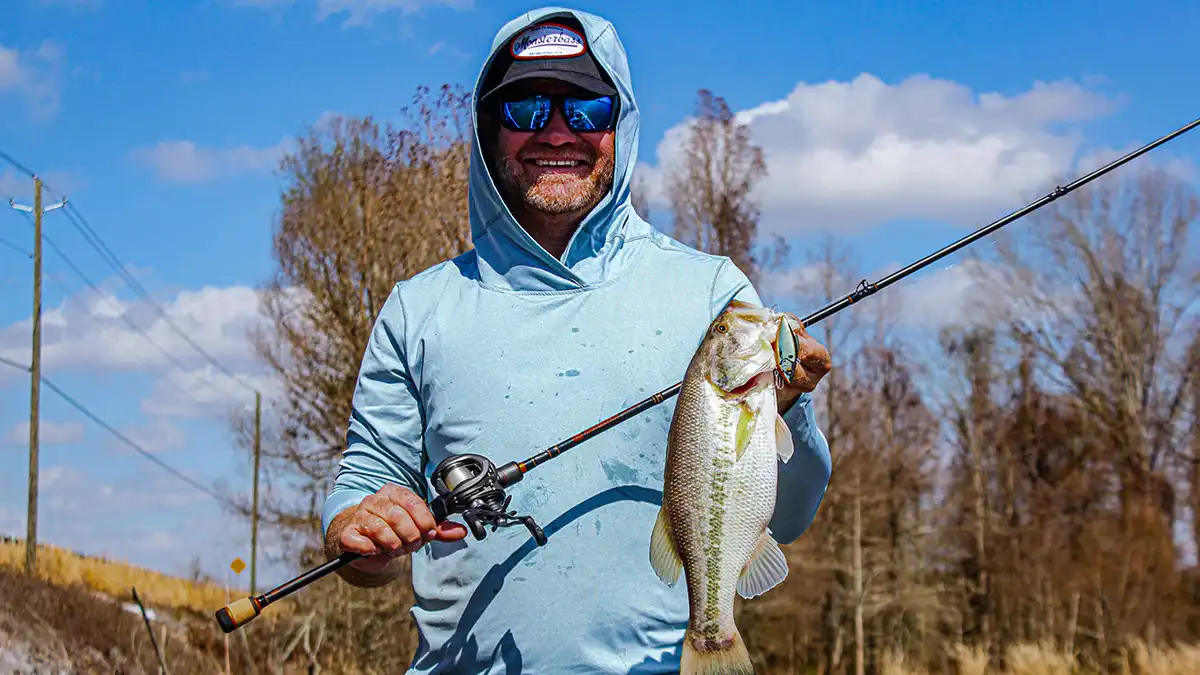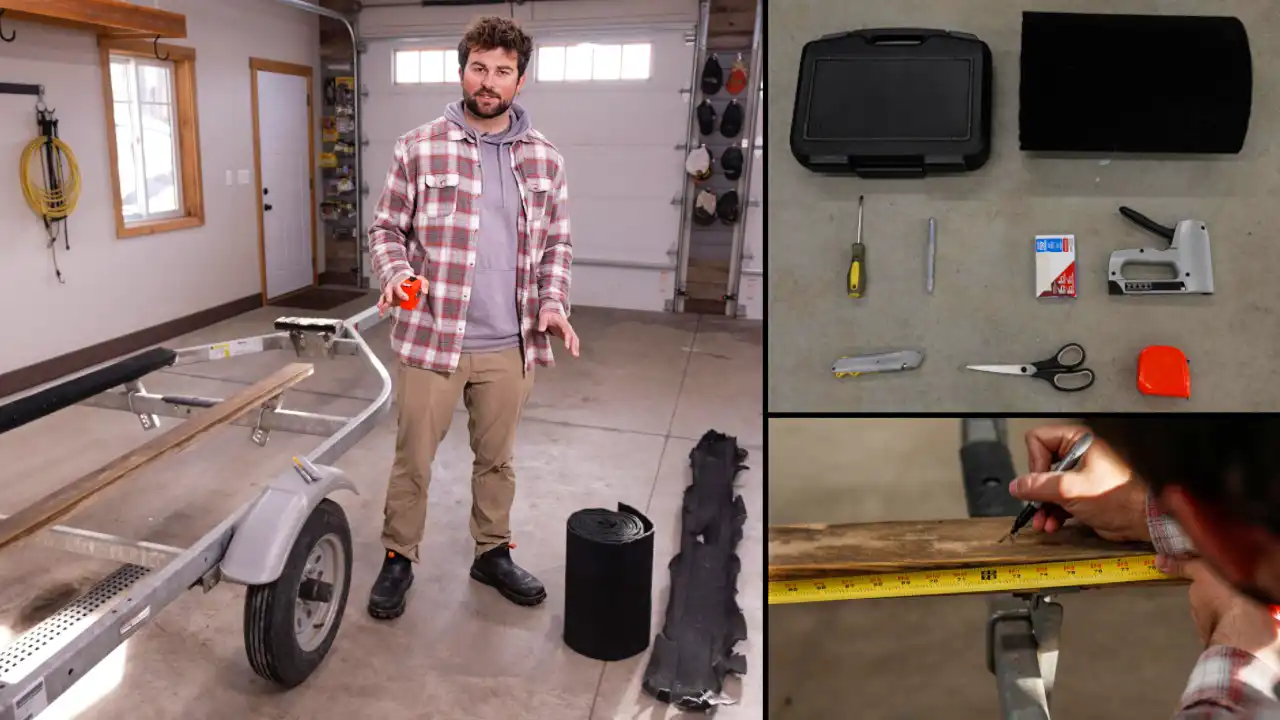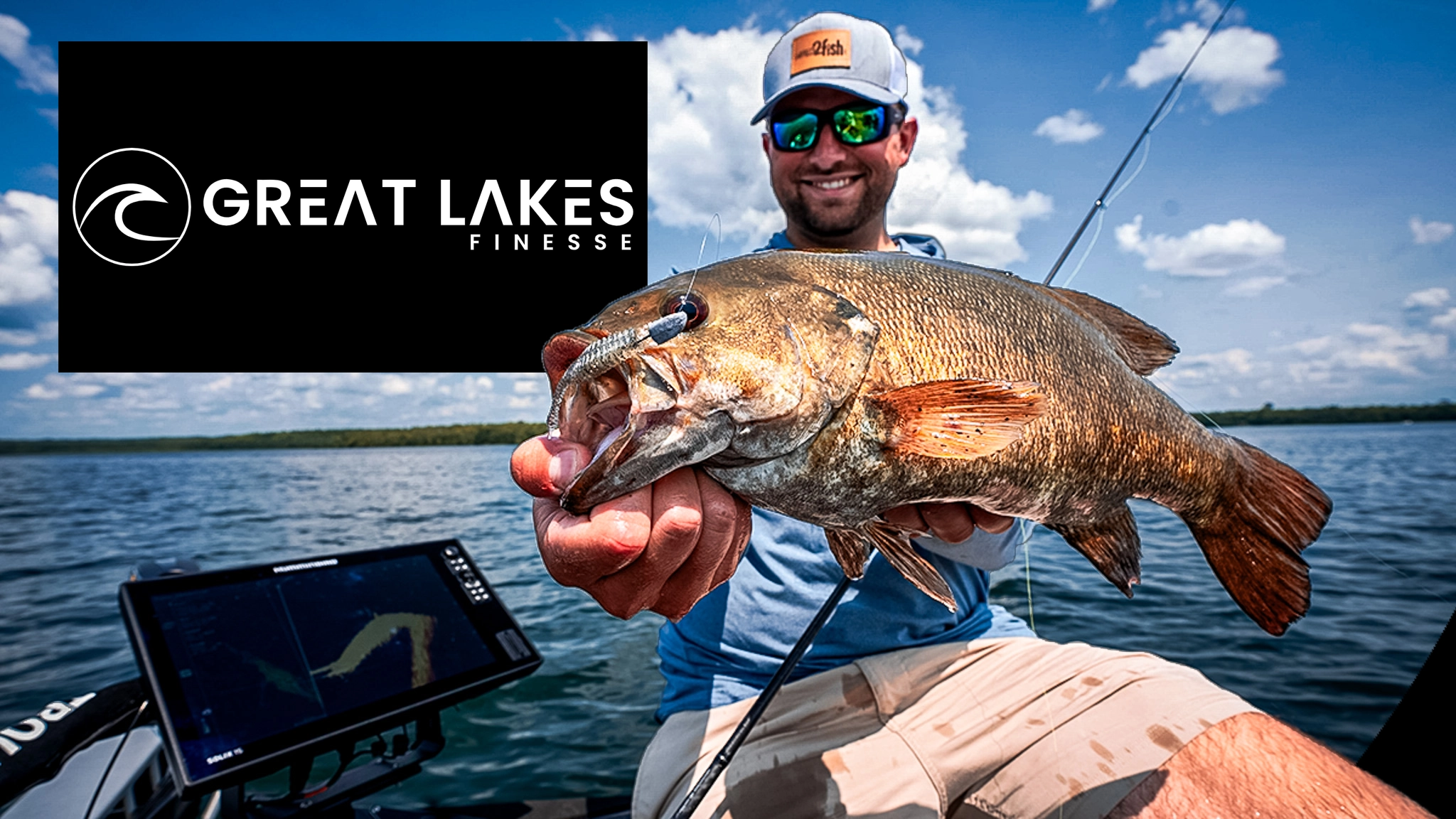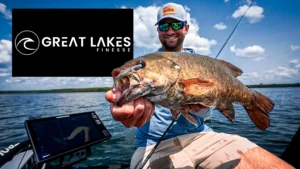There have been hundreds of thousands of newcomers to the sport of bass fishing in the last few years, perhaps even millions. The social distancing and mental strain on the masses caused by covid sent countless people in search of some way to survive the madness. Thankfully many found fishing.
Even more still have found fishing as a result of 2020, as that initial crashing boulder caused an avalanche of interest over the last 36 months. People saw their friends and family members getting in on the action, and gained interest themselves. Perhaps you’re one of those still on the fringe, considering getting together some gear and going after a bass. But you just don’t know where to start. Well, we’re here to fix that.

BASS FISHING IS FOR EVERYONE
If you’ve been drawn to bass fishing by watching the top level tournament anglers go at it on historic fisheries around the country, you may be a little intimidated and shy to even start. While the capabilities of cutting edge tech and 20-foot bass boats are astonishing, they aren’t necessary, especially when you’re just looking to get into bass fishing. Entry can still be made by way of one rod and reel, a handful of baits and a little watering hole.
Creek, pond and bank fishing are still the best ways to get your feet wet, quite literally if you’d like. You can wade creeks that are public tributaries feeding larger rivers and lakes. Or you can walk the shores of public lands, around boat ramps and nature preserves that allow bass fishing. Then there’s the good old pond hopping routine, where you find you a pond to go chuck and wind around.
There are different laws and rules in place when it comes to wading creeks, fishing public water from the bank and even fishing ponds, so don’t just run to the first water you see. Fishing licenses are required based on age and serious fines can be enforced if you’re trespassing. Check to make sure you’re in the clear and playing by the rules wherever you go fishing.
You can find good fishing spots several different ways. Look for bridges that cross over creeks and rivers. You can often park near these and walk down to the water. Just be sure again that you aren’t breaking any laws, and be careful. These are often places where snakes are prevalent and strong current can be present as well. Use common sense. And taking a buddy along with you is one of the best ways to avoid all sorts of mishaps.
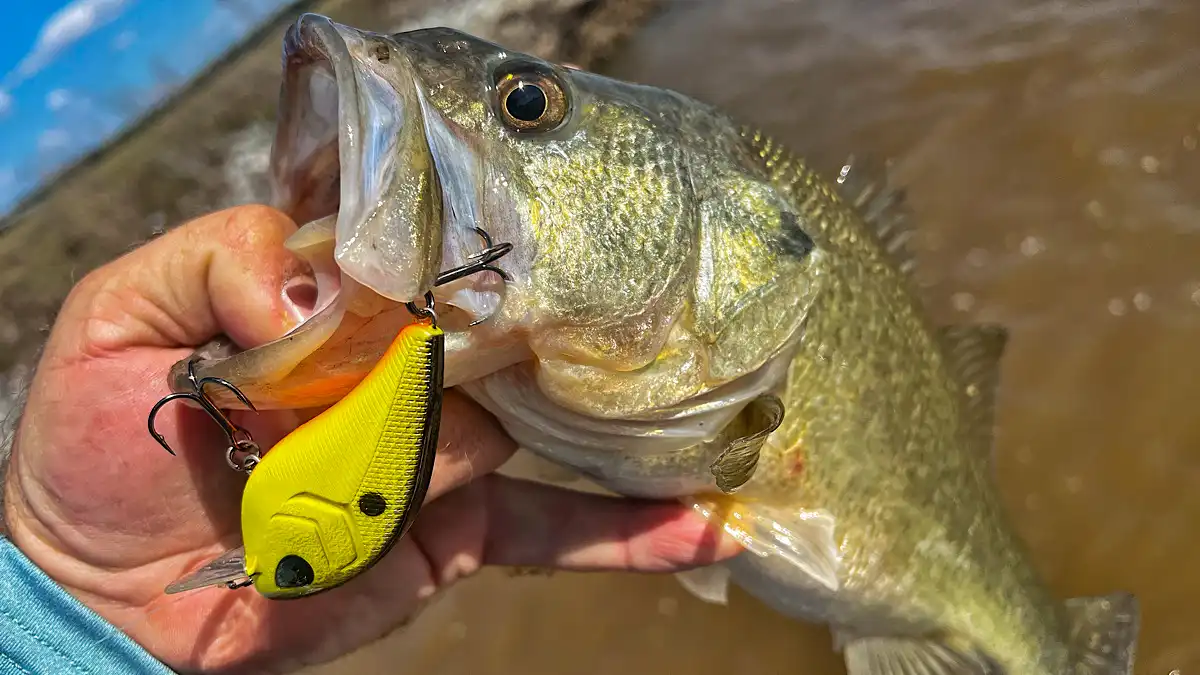
LEVEL UP STEADILY
If you’ve been doing the bank fishing deal for a while, you might be ready to incorporate a new challenge. There are several different directions to go here. If you’re in middle school, high school or college, there’s likely a club or team there that you can join, even without a boat. But, some of these teams are very competitive and may require a strong skillset to even be able to fish from the back of the boat.
For the older anglers, there are different trails like the BFLs and the B.A.S.S. Nation where you can enter as a co-angler to fish in the back of other anglers’ boats. In these events, you’ll be competing only with other anglers in the backs of the other boats. Again, the competition can be stiff if you’re really new to bass fishing. But this is definitely a smart way to test the waters if you have a thirst for competition, versus going all-in and buying a bass boat of your own right away.
If you’re not all that interested in competing with other anglers but are tired of heaving your bait out from shore, a kayak is a fantastic option. You can find a cheap kayak that will get you offshore for a couple hundred bucks at a lot of the big box retailers like Dick’s, Academy and Bass Pro Shops. But all fishing kayaks certainly aren’t created equal. If you go with a new kayak, you won’t find one with a ton of stability or a very comfortable seat in the $200- to $300- range.
The better starter kayaks for fishing that come with a raised seat and a stable platform will start closer to $700, if you buy one from a retailer. But you can often find one of these better boats on Facebook Marketplace and other second-hand online retailers for half the price. This is the best way to move forward if you’re just getting into fishing, as opposed to going all out on a $5,000 kayak right away with all the bells and whistles.
These pricier boats are awesome, and worth the money considering their electric motors and other capabilities. But buyer’s remorse can set in and you’ll often see one of these rigs for sale after only a few trips. Starting with something a little more practical will let you know if you really want to invest a good chunk of change down the road. And paddling around a tipsy-turfy low-end boat will make you appreciate one of those fancy rigs a whole lot more if you make that jump later on.

STARTER TACKLE SYSTEM
So you want to get into fishing, but you don’t want to crack the piggy bank and spend your last dime to do it. That’s fair. And it’s really not necessary to go all-out right away. You can get a quality rod, reel and a good bit of tackle for a couple hundred bucks if you’re intentional about it. Heading over to the internet to buy second hand gear from other anglers is a great way to do this, but there are even some pretty solid bass fishing combos out there for around a hundred dollars.
Take the Academy H2OX Premier Combo lineup for example, available at $79.99 with 6 options of casting and spinning rods and reels that come pre-spooled with line ( the spinning combo is only $49.99). These setups even include a few baits as well. I haven’t fished with any of these rods and reels myself, but I have used some of the H2O lures and tackle boxes, which I was impressed by, especially for the price.
So even without having ever casted one of these reels, a combo at this price point with line and a few baits included is still an easy recommendation for an angler wanting to get into bass fishing. Basing that solely on the quality of the other extremely affordable H2O products I have tried in the past.
Whether you choose to go with one of these combos, something you find second-hand or a rod and reel you buy and put together yourself, there are some pretty standard guidelines to follow. As far as baitcasters go, you can do a lot with a 7-foot medium heavy rod, a reel in the 7:1 gear ratio range and 15-pound test fluorocarbon. If you’re a young angler or fishing from a kayak, it may be beneficial to go with a slightly shorter rod in 6- foot, 9- inch range. And for topwaters, you’ll want to use either braid or monofilament line.
For spinning gear, a reel in the 3.0, 30, 300 or 3000 size is really versatile. These are all the same size, it’s just that some manufacturers use different nomenclature with their model numbers. A slightly smaller reel in the 2500 size works well for bass fishing too. Pair one of these reels with a medium action 6- foot, 9- inch to 7- foot rod and you have a pretty versatile combo. It’s best to spool up braided line as your mainline and use a fluorocarbon leader for finesse presentations.
You can find baits second-hand fairly affordably too, by turning to Facebook Marketplace, eBay or even yard sales and flea markets. People are often trying to offload whole lots of lures at one time, and this can make for a great way to put together a solid and versatile starter tackle box. You can also find some top notch new baits at a great price from companies like ARK Fishing and Yo-Zuri, which offer budget-friendly baits for anglers looking to get the most bang for their buck.
The main takeaway, there’s plenty of room in the bass fishing world for you if you want to join. And don’t think you have to jump out on a limb and a drop a hundred thousand dollars right away to participate. With a little research, you should be able to find somewhere to fish near you. And you can get into bass fishing for next to nothing, but really set yourself up with a decent starter combo and some gear for around $100. Then level up on the gear and the way you fish as you get more comfortable and confident.



